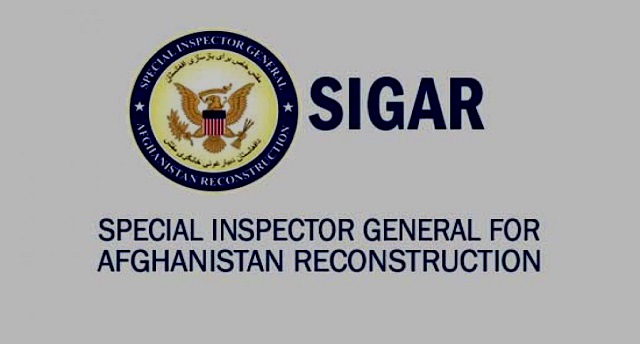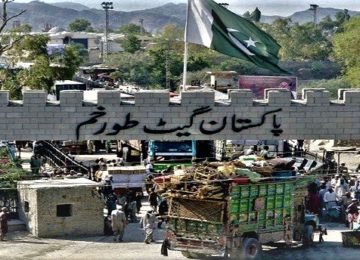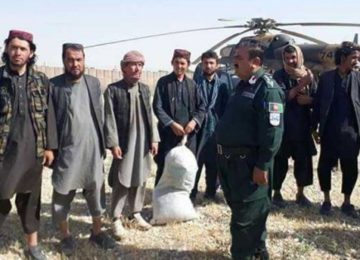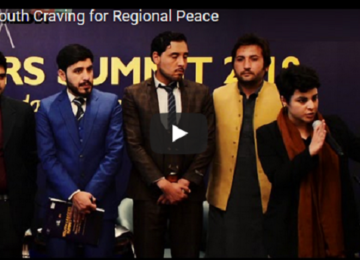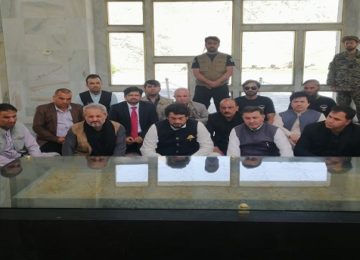February 18, 2021
US Special Inspector General for Afghanistan Reconstruction (SIGAR) published a report which says that nearly $ 800 million grants to support Afghan women and girls have yielded mixed results, though female participation in various sectors has significantly improved. SIGAR’s analysis found that the U.S. government has disbursed more than $787.4 million to help women and girls. However, because hundreds of other U.S. programs and projects included an unquantified gender component, this amount significantly understates the actual level of U.S. support for women, girls, and gender equality.
The report identifies findings and lessons to inform U.S. policies and actions on these issues. These lessons are relevant for Afghanistan, where the United States will likely remain engaged in the coming years, and for efforts to empower and advance women and girls in other conflict- affected countries. The report provides recommendations to the Congress and executive branch agencies for improving such efforts.
Moreover, the report indicates that afghan women and girls have achieved significant gains in a number of fields since 2001, including health, education, political participation, access to justice and economic services. However, the positive story of these gains is tempered by the reality that significant socio cultural barriers continue to hamper the progress of Afghan women and girls. Improvements across economic sectors have been geographically uneven, with rural women and girls experiencing significantly less progress overall.
Another significant indication made by the report is regarding the quality of Afghan women’s life under any government in which the Taliban exert an influence. Taliban’s ability—or inability—to negotiate with the Afghan government and local communities, and the varying beliefs and practices within their own ranks, will have a direct impact on Afghan women’s future. Additionally, violence associated with the war continues to be one of the biggest challenges posed to Afghan women. Direct impacts (loss of life, injury, disability, mental trauma) lead to a variety of indirect impacts, including loss of breadwinner, desperate poverty, humiliation, and discrimination, which effect women not only physically but also emotionally.
The report also discussed the female literacy trends in Afghanistan. The few, if any, girls in school or female teachers under the Taliban regime, are now replaced by as many as 3.5 million girls enrolled in schools; as of 2018, with 70,000 women in teaching jobs, which makes them one-third of Afghanistan’s teachers. Several factors play a role in keeping numerous Afghan girls out of school, including insecurity, lack of female teachers, not enough schools with boundary walls and separate girls’ bathrooms, and a lack of safe drinking water. Furthermore, family pressure and traditional cultural beliefs, especially in rural areas, often discourage girls from attending school past puberty.
The silver lining in cloud is that recently Afghan women have assumed leadership roles at the national, provincial, district, and community levels. However, in the meantime, they face threats on three fronts: continued or intensified violence, the risk of Afghan peace negotiations leading to women’s rights abuses, and a dire economic and humanitarian situation aggravated by the COVID-19 pandemic. Though the U.S. government’s funding of civil society organizations has led to an increase in the number of women advocates and organizations working for safeguard of women’s rights. But several such organizations are unsustainable without continued support.
The efforts to promote women’s rights are likely to be hindered by the emerging narrative in Afghanistan that the country can either have women’s rights at the cost of peace, or peace at the cost of women’s rights. And despite Afghanistan’s legal framework offering women and girls many protections on paper, the formal and informal justice system doesn’t offer Afghan women adequate protection of their rights at the grass root level. Women looking for compensation via the formal system often face corruption, or find themselves receiving unjust punishment. Most of the Afghan women resolve disputes or abuses of their rights through informal mechanisms like local mediation, but these are unfettered, and undercut the formal justice system hence raising human rights concerns.
Between 2002 and 2020, U.S. efforts to support women, girls, and gender equality in Afghanistan yielded mixed results. Considerable investment across a range of sectors contributed to indisputable gains—especially in education and maternal health. There is broad demand within the Afghan population for these services, and U.S. agencies have responded with well-designed and effective programs. A survey of 24 U.S. gender-related programs revealed serious shortcomings. Some programs were designed based on assumptions that proved to be ill-suited to the Afghan context and the challenges that women and girls faced. It was found that establishing a correlation between program activities and related outcomes was not always possible, and in many cases, insufficient monitoring and evaluation of program activities made it impossible to assess the programs’ actual impacts.
Please read the Full Quarterly Report at this link: https://www.sigar.mil/pdf/lessonslearned/SIGAR-21-18-LL.pdf
Courtesy: SIGAR



